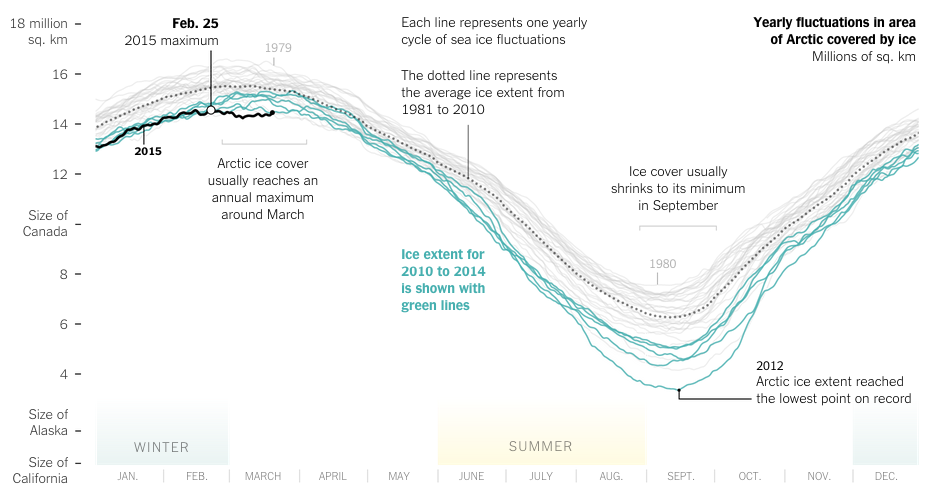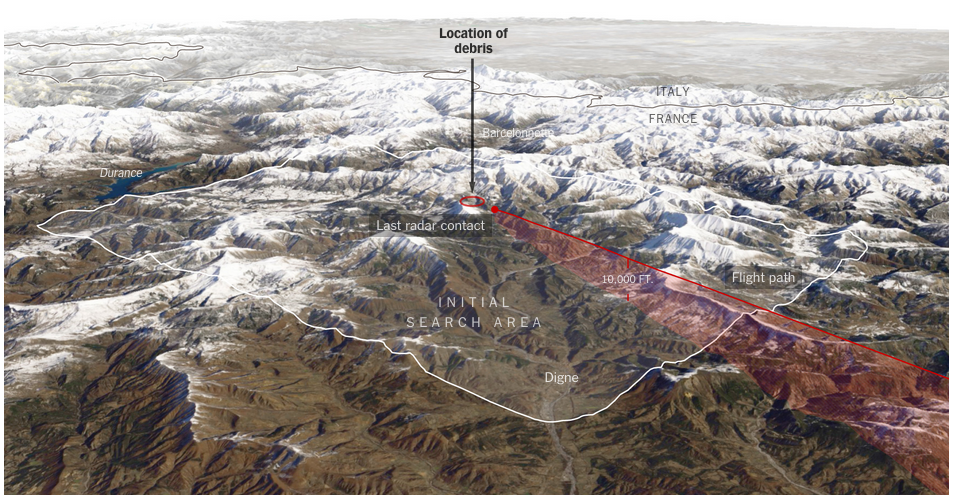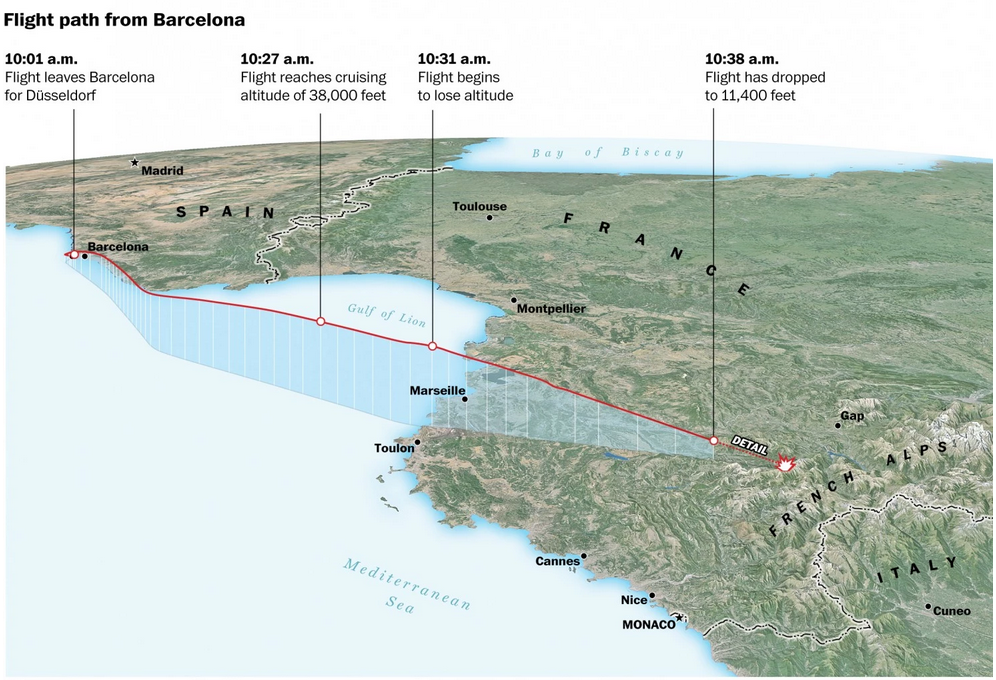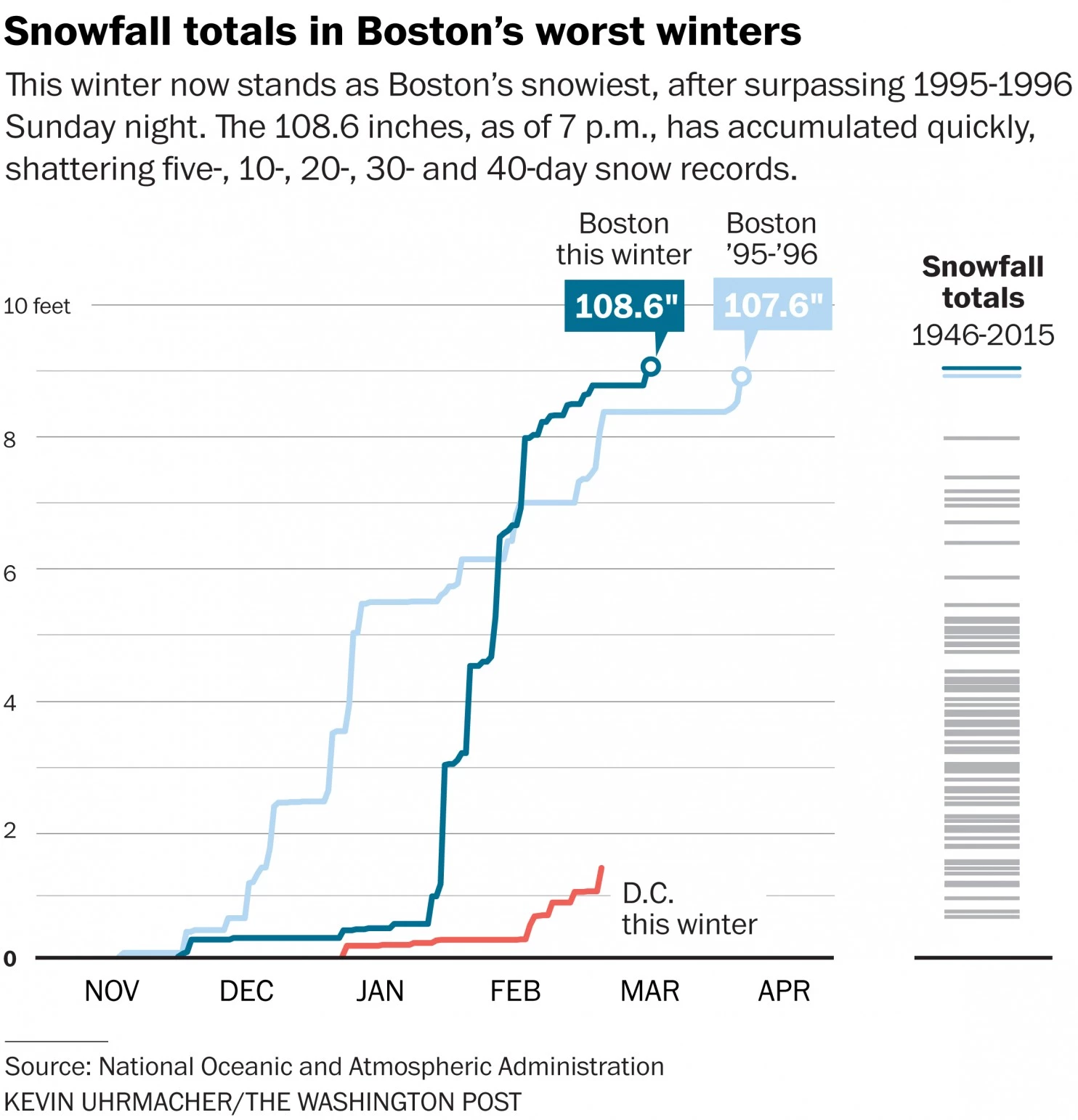So now the baseball season is in full swing, one of the things we will be looking for is shorter duration for games. As I have probably said many times before, I enjoy the long games. But there are none longer than Red Sox–Yankees match-ups so take that with a grain of salt. I am spoiled. Anyway, in time for the season, over at Time they plotted the 2014 winning percentage and average length of game for all Major League teams.

Clearly from this chart we can see that neither playing slowly nor playing quickly has any correlative impact on a team’s winning percentage. Teams are spread out all over. But, in many ways, baseball is all about timing and getting inside the head of the pitcher or the batter. And one way to take the advantage is to mess up the other’s timing. By eliminating that element of the game—or at least attempting to—the game becomes a little bit duller.
Credit for the piece goes to Lon Tweeten.











